How to humanise your brand in the digital jungle
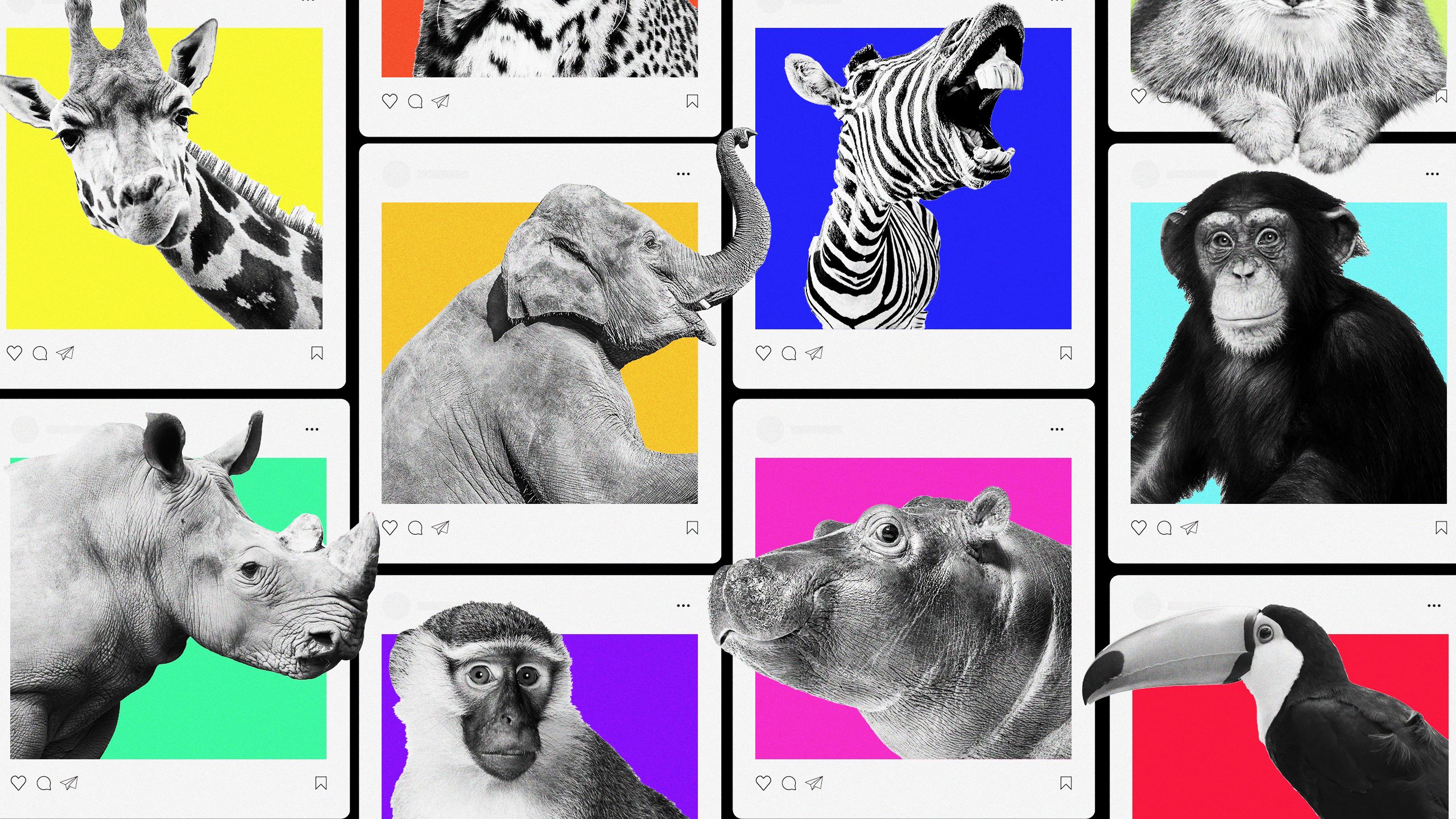
Brands who can humanise will stand out in the age of content fatigue. This is the way.
By Tim King
By Tim King
Let’s be honest for one hot minute. No matter where you look, you’re bombarded by an eye-watering amount of companies trying to sell you absolutely everything they possibly can, every minute of the day.
The effect is a terrifyingly high wall of noise. It does nothing more than leave you burned out from near-constant content fatigue.
Sadly, we are all numb to the constant stream of messaging, advertising, and communication we’re subjected to every day.
So how are some of the most well-known brands managing to cut through the deafening racket, find their customers, encourage loyalty, and create valuable emotional connections with the consumer?
By humanising themselves to stand out in the busy marketplace! (I mean… it’s right there in the article title, after all)
We’ll cover:
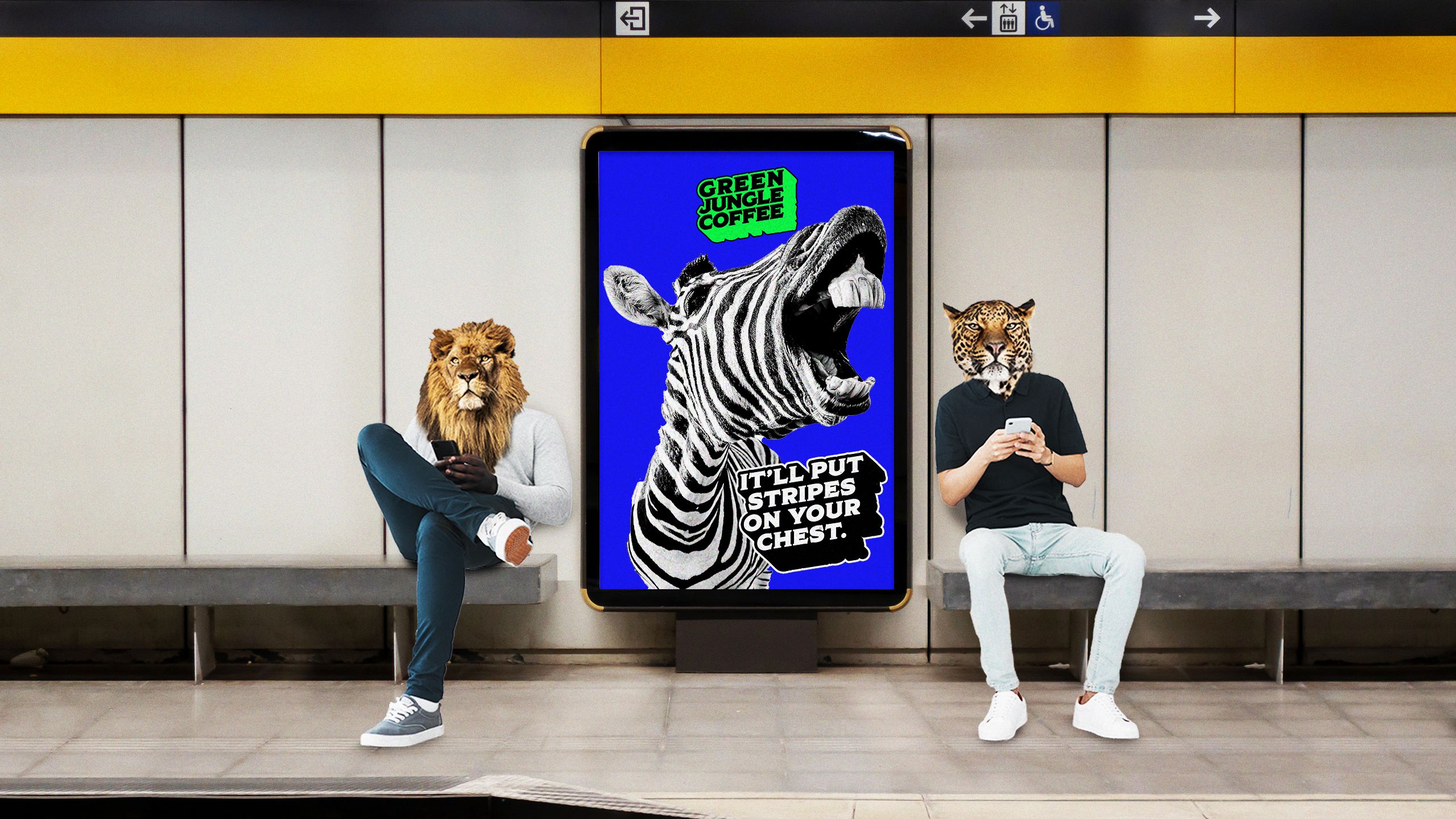
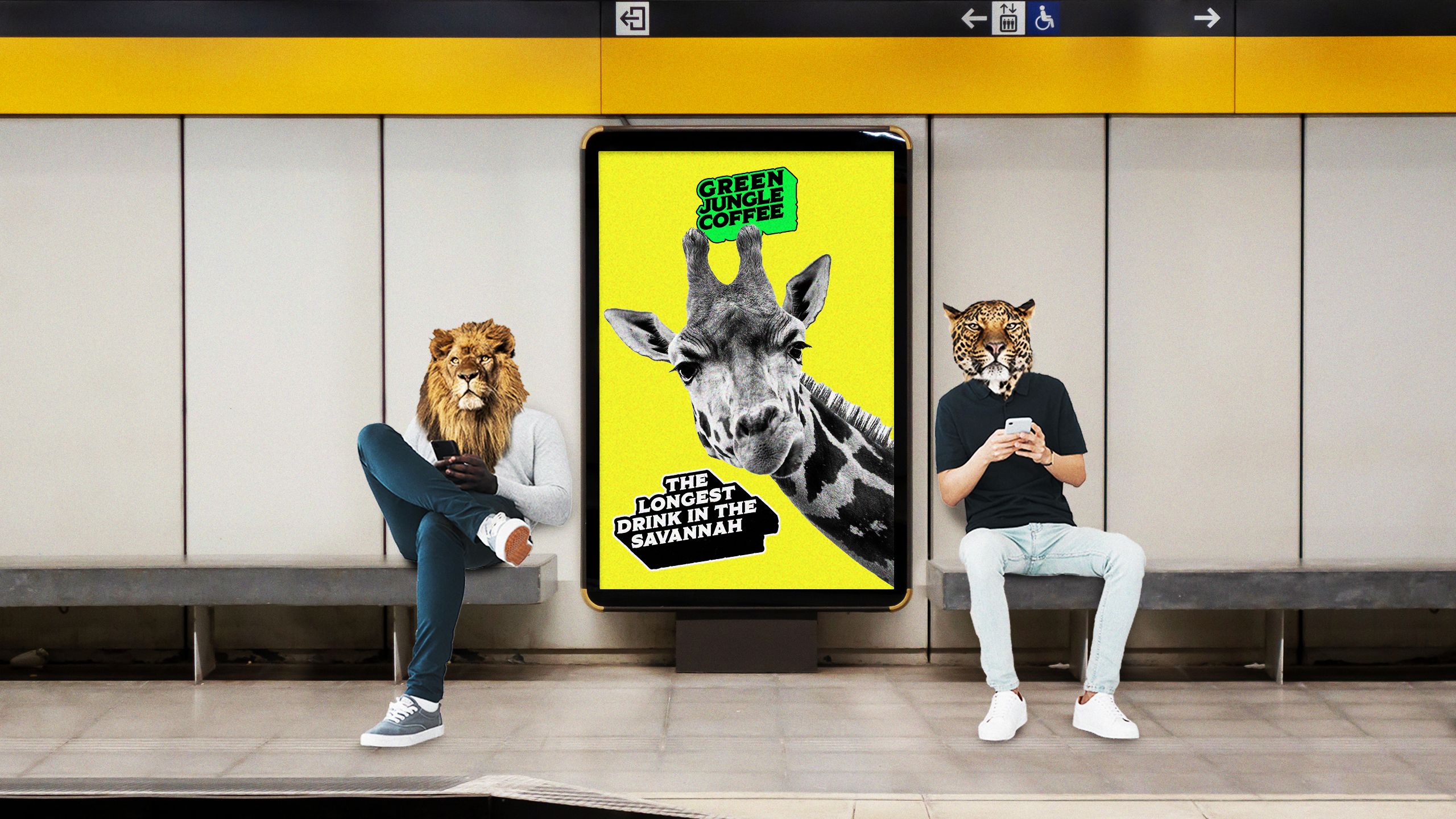
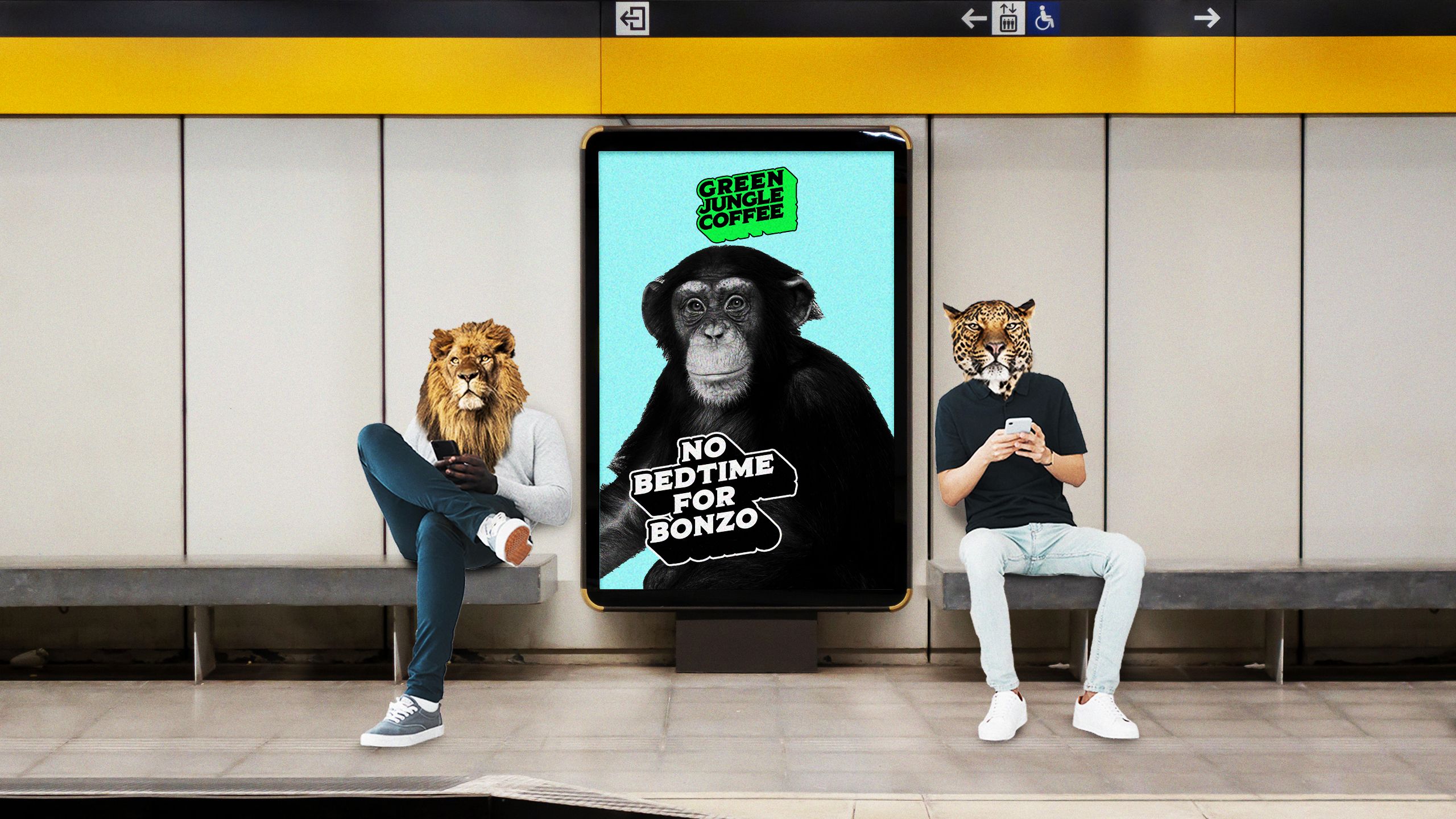
Right… What is a humanised brand?
Okay, okay, you’ve probably heard the term ‘humanised brand’ being thrown around a lot. But beyond a conveniently buzz-worthy and vague marketing term, let’s look at what it actually means.
A humanised brand is one that’s taken steps to present itself in a way that embodies human qualities. This approach goes far beyond traditional marketing by infusing the brand’s communications, interactions, and experiences with characteristics that are typically associated with human individuals.
Qualities like personality, empathy, warmth, character, and sincerity.
By incorporating simple emotional triggers into their marketing, brands have the opportunity to build a far deeper connection with audiences, but also develop an emotional bond between the company’s products and services, and the consumer (and ideally, their wallets).
Why? Because a lot of companies and their brand managers have finally realised it’s the relatable human elements that have always set truly successful brands apart from their competitors. Not slick sales tactics.
But humanising a brand isn’t just about being highly relatable to be more profitable — it's about being relevant at a time where authenticity, trust, and emotional connection are the new currency.
Consumers today expect a hell of a lot more from brands than just flashy marketing, attractive products, and services at a damn good price — they're looking for experiences that have personal relevance and create emotional engagement.
They want to feel like they’re interacting with a brand that understands and reflects their wants, needs, values, and desires.
Humanising helps a brand — and its offerings — stand out by forging a unique identity and voice, and makes the brand feel like a trusted friend rather than a faceless corporation. When consumers see a brand displaying human traits like empathy, transparency, and integrity, they’re more likely to develop a firm relationship with the company.
This trust translates into customer loyalty, and ultimately sustained success.
Social media transformed the landscape of the consumer’s need for tailored messaging and enables brands to engage directly with their audience with flowing two-way communication.
Brands that adopt a human, relatable voice in these interactions are far more likely to not only resonate with their existing customers, but build entirely new loyal audiences in the long run.
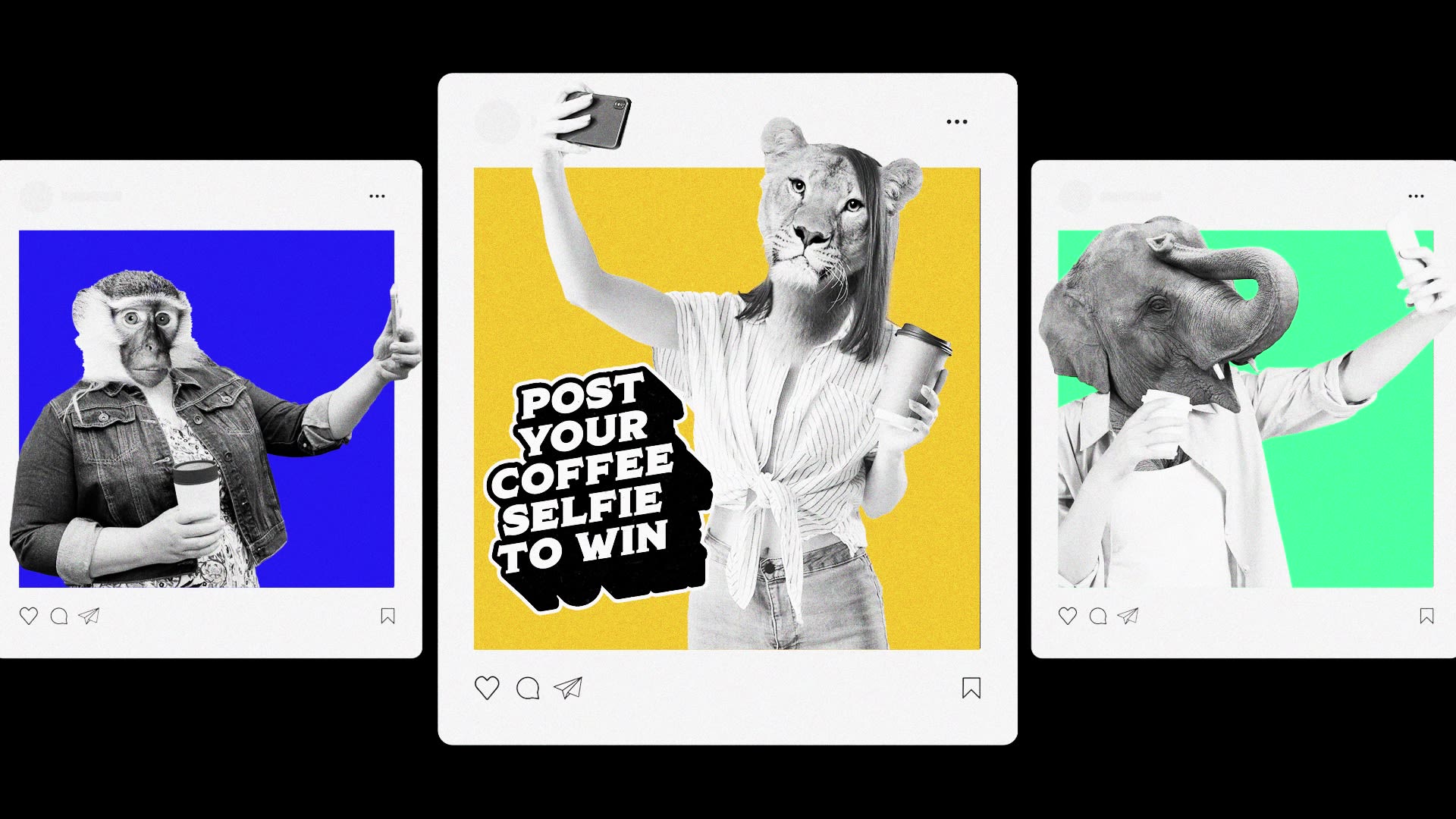
Understanding how consumers connect with brand
Often when consumers connect to a brand it’s quite intangible. It’s a feeling that the brand understands their needs and kind of just, ‘gets them’.
But it’s about crafting a much deeper bond, similar to the connections people form with each other. Both require a level of recognition and respect, and are built on shared values and mutual trust.
This common respect — reinforced through consistent, positive interactions — allows for a true connection to grow. For instance, a brand that advocates for sustainability and ethical practices will connect with consumers who prioritise these issues.
This is an emotional connection and is rooted in a sense of belonging and identity.
Don't just build a brand. Build a community
When you connect with a brand, it's not just about liking their products — it's about feeling like you're part of something bigger. Brands that get this right (like Apple, for example) create a real sense of belonging to a community of discerning individuals.
Apple’s users don't just use their products. They live and breathe them. They swap tips. Give feedback. Meet up at events. Create tutorials. Start podcasts. And feel like they're a part of a group of like-minded Apple product centric people that’s much larger than themselves.
It doesn’t matter if you own a MacBook, an iMac, an iPhone, or an iPad — if you’re an Apple user then you’re in the tribe. Being part of a brand community makes you feel more connected, not just to the brand itself, but to other people who love it too.
It’s a bit like standing in the crowd of your favourite band. You’re all in it together. Which means you’ll engage more on social media, show up at events, share the band with your friends, and most importantly — talk to each other.
This double-whammy of combining emotional connection and community can really set a brand apart.
"You need to do some serious soul searching"
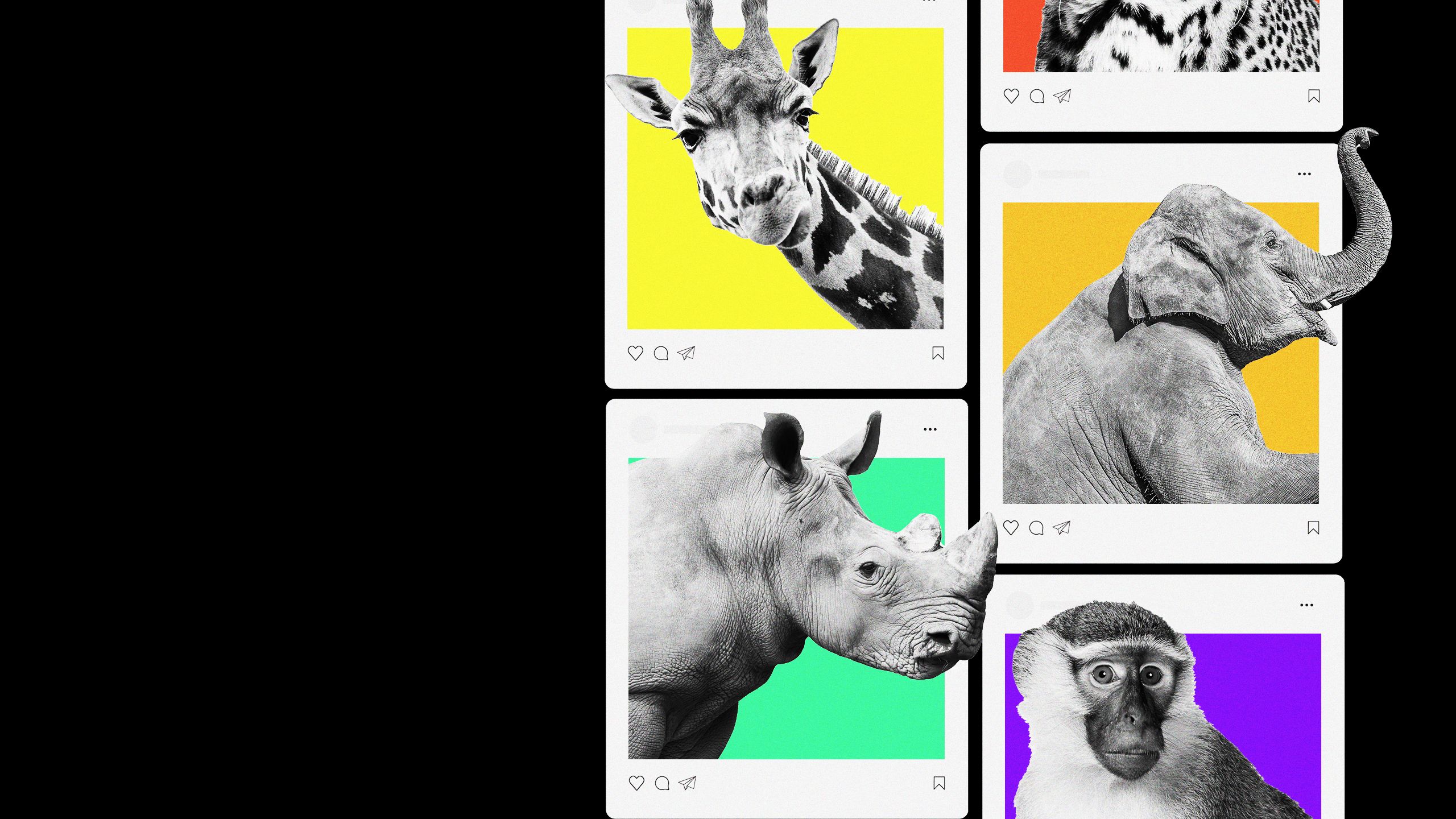
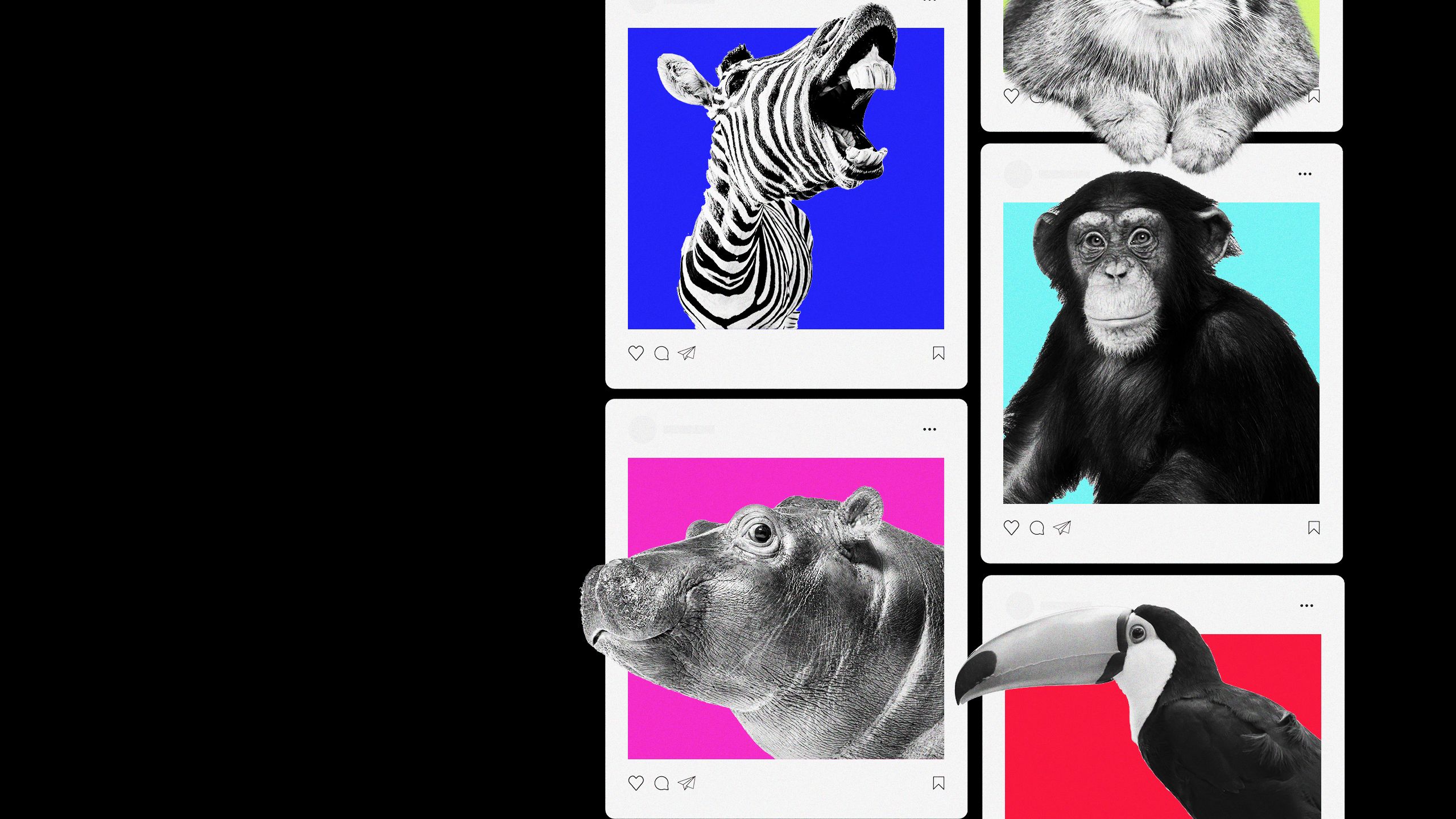
Speak up…
But in your own voice
A big problem that a lot of brands face when trying to connect with their audiences is, while they may have a fairly niche product or service offering, they sound all a bit… ‘samey’.
It’s the curse that all businesses face. The near-constant need to compare directly to competitors really only makes similar messages bleed together.
Yes the logos are different, but nothing truly sets them apart. And everyone’s tired of this same old salesy crap.
Having an authentic voice is your brand’s true personality — no masks, no fluff. Think of it as the vibe you give off at a party that makes people think, ‘Yeah, I want to hang out with them’. It's the raw, unfiltered soul of your brand that resonates in every social post, every ad, and every email.
All brands desperately need to set themselves apart from the crowd, but being the brand that can say, ‘This is me, take it or leave it’, is such a powerful thing. It attracts like-minded customers and converts them into fierce advocates.
But finding your brand’s authentic voice? Not as easy as it might sound.
First off, you need to strip everything down to the basics. Who are you? What do you stand for?
This isn’t just which colours look nice on a logo, or choosing a fancy tagline that sounds punchy. It’s about the values at the very core of your business. You need to do some serious soul searching.
Look inward and ask the tough questions: What are your brand's core values? What do you stand for in the world? This is the bedrock of your brand's personality.
Think about the top brands — they all stand for something after all, and your brand needs to do the same.
Here’s where the rubber really meets the road. Start testing different voices with your audiences. Today be the cheeky disruptor brand shaking up an industry, tomorrow the wise guru offering sage advice. Play with it, see what resonates.
If consumers are great at one thing, it’s giving you feedback on the stuff that doesn’t work. So use that to your advantage.
You’ll know you’ve hit the right tone when your audience starts engaging with more likes, shares, comments, and sales.
Don’t be afraid to tweak and refine your voice over time. Finding it is a process, not a one-off event. Just like tuning the strings on a guitar, you need to keep adjusting until the sound is just what your fans like.
"Yes the logos are different, but nothing truly sets them apart. And everyone’s tired of this same old salesy crap."
Using story to your advantage
But how do you pull all of this together to stand out in the online marketplace? You tell your god-damned stories, that’s how.
No, we’re not talking about what Barry did at the last Christmas party — no one will ever forget that anyway — we’re talking about the stories that make your brand unique. The bits that make you… YOU.
People don’t buy what you do — they buy why you do it. Nail this, and you’ll have them hooked.
Your stories must ooze authenticity. Give them the secret sauce, show how the sausage is made, bare the stuff from the very soul of your company out into the world. The struggles, the failures, the triumphs, and what you’ve learned every step of the way.
Was the company started in a suburban garage?
Were you on the brink of collapse before you cracked the code?
Did you try 75 materials before the product was right?
These types of stories make you far more relatable and trustworthy to your audience, and not only humanise your brand but also build a foundation for true customer loyalty.
Start with what’s true to your brand. Tell your origin story. Make it your legend.
"Today be the cheeky disruptor brand shaking up an industry, tomorrow the wise guru offering sage advice. Play with it, see what resonates."
Wear your values on your sleeve
It’s all good saying your brand stands for something, but we all know actions speak far louder than words. Brands that take action — and tell their audience about those actions — align with customer expectations to truly foster a deeper connection.
Take Patagonia, for example. It’s not just selling expensive outdoor gear, it’s exposing stories about conservation, adventure, and sustainability.
Its film DamNation about dam removals underlines its commitment to environmental causes, making customers not only feel like they’re making the right choice, but also consider themselves a part of a bigger movement when they buy Patagonia gear.
Dig into what your brand genuinely stands for. Let that truth be your soul.
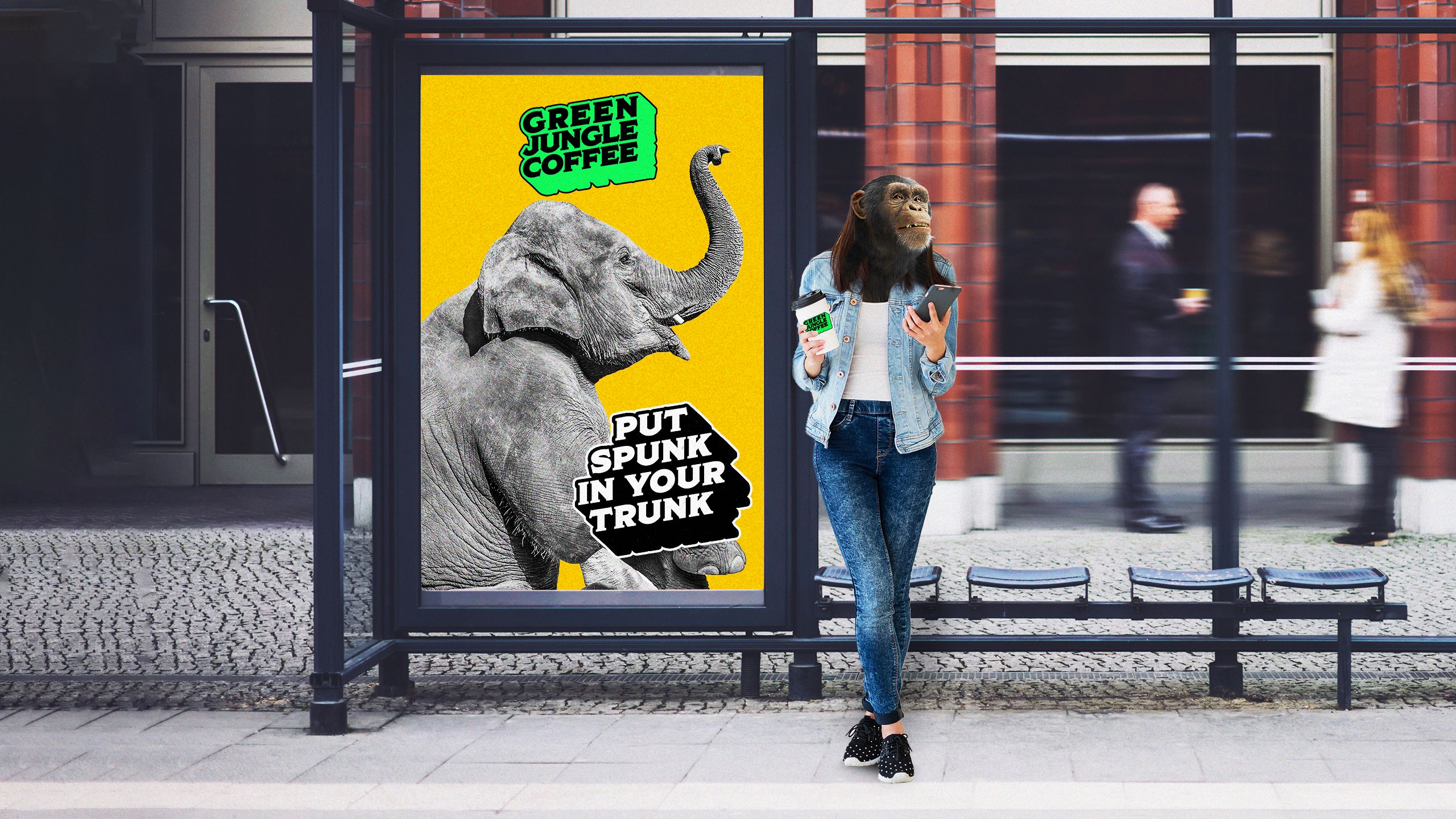
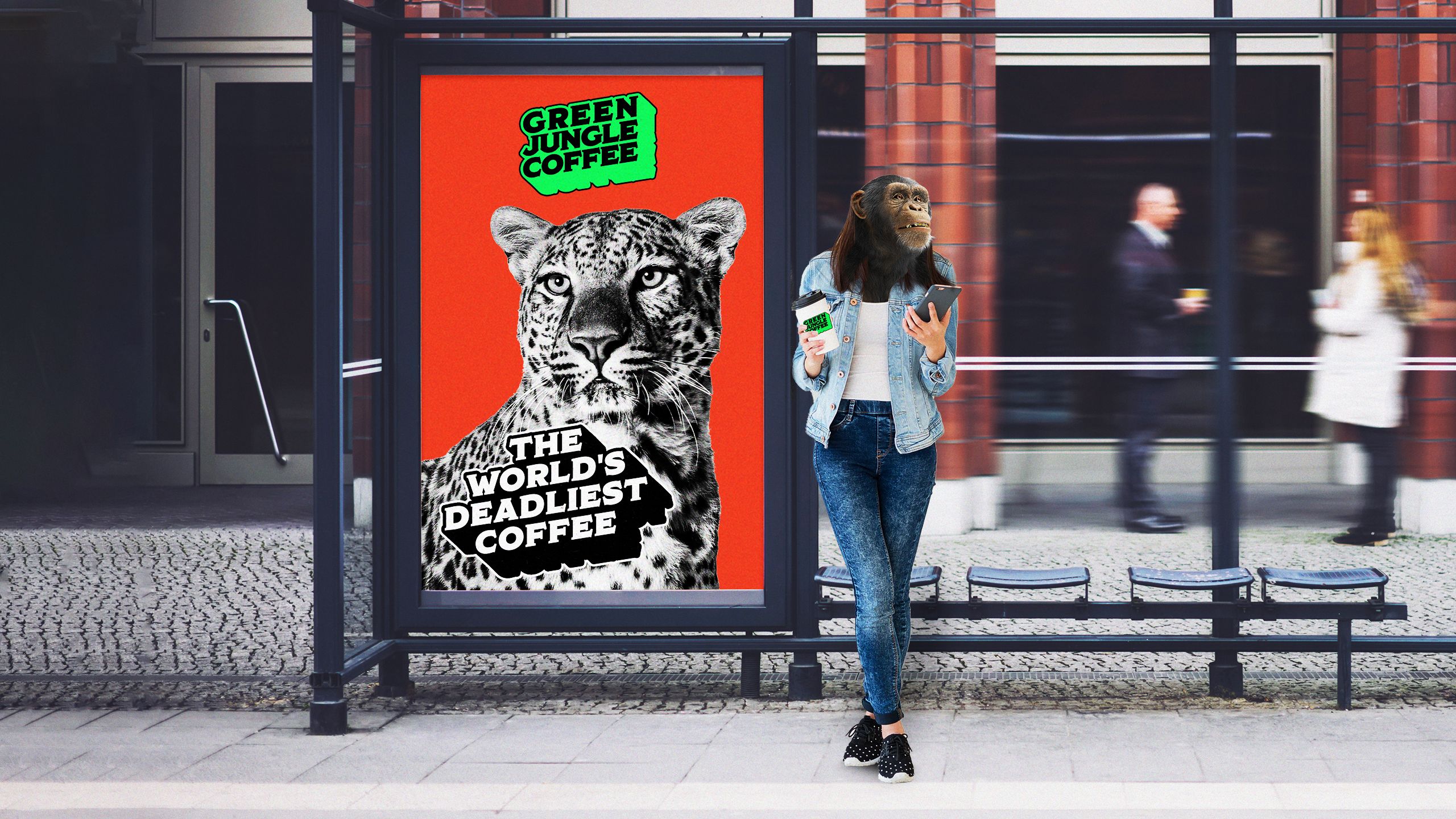
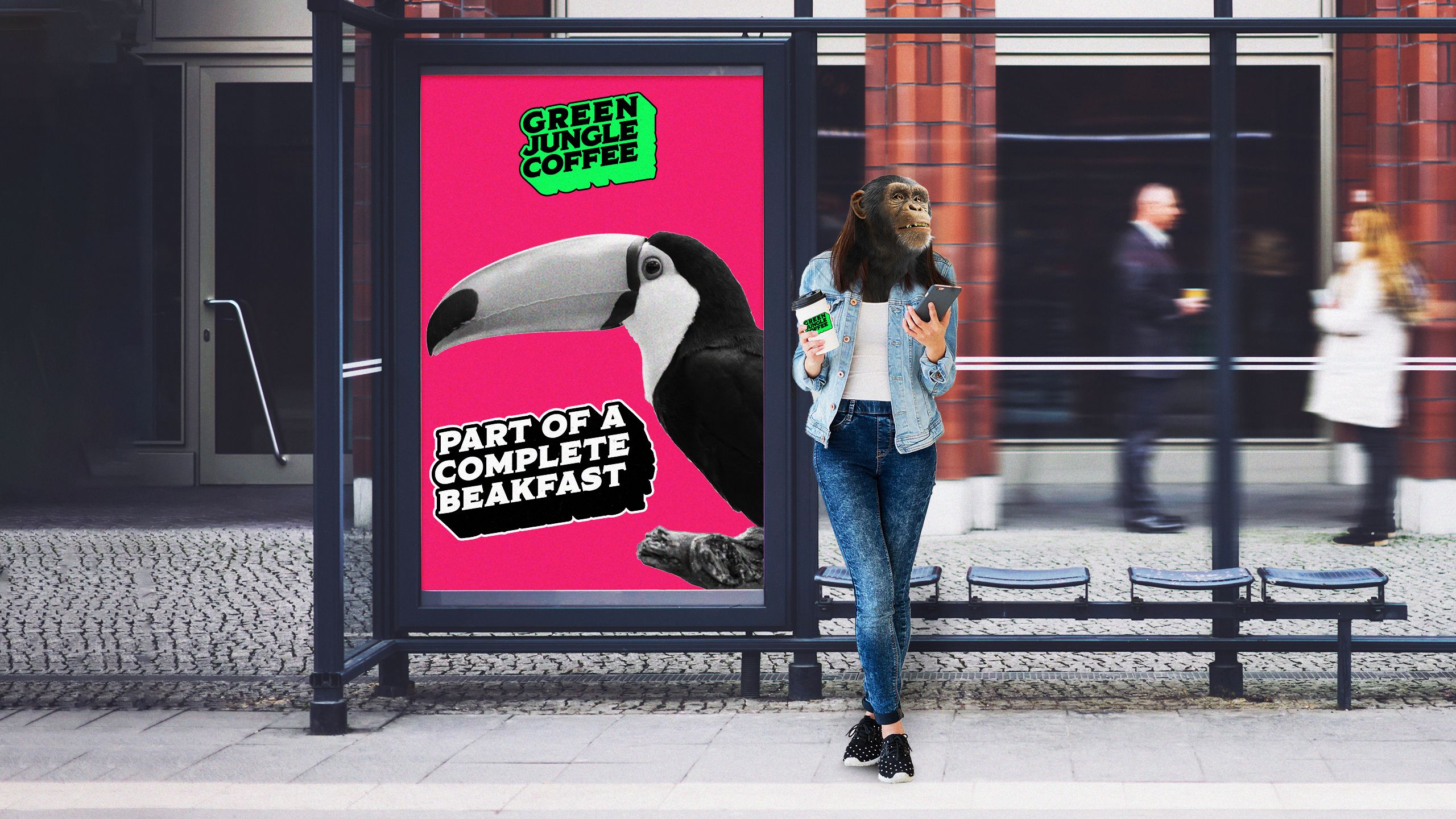
Let your customers do the talking
Your brand’s voice is powerful, but the voice of your customer is, also.
Encouraging your customers to post their own user-generated content about how your product helped them acts both as a great way to build presence, but also provides powerful examples to build authenticity.
But don’t just stop there. Elevate their stories. Invite them to spend a day with your company, and capture their story with a professional videographer. Lift up your customer and you’ll do it for your entire audience.
GoPro excels in user-generated content by encouraging extreme sports enthusiasts and adventurers to share their footage captured using GoPro cameras.
This strategy turns every piece of content into a direct testimonial to its product’s durability and performance under extreme conditions, all while building an adventurous brand image that’s compelling and aspirational.
Don’t just survive; thrive in the digital jungle
It should be crystal clear that humanising your brand isn't just a fancy marketing tactic — it's a strategic imperative.
Be authentic. Tell your stories. Support the customers who’ll wear your brand like a badge of honour, advocate for your products without being asked, defend your brand in public forums, and share their love for your brand across their networks.
Because brands that commit to humanising themselves go beyond simple transactional relationships and create meaningful interactions that resonate with consumers on a personal level.
Do this, and you’ll watch as your brand transforms from a face in the crowd to a leader in the field, backed by a devoted army of advocates ready to stand by your side through thick and thin.

